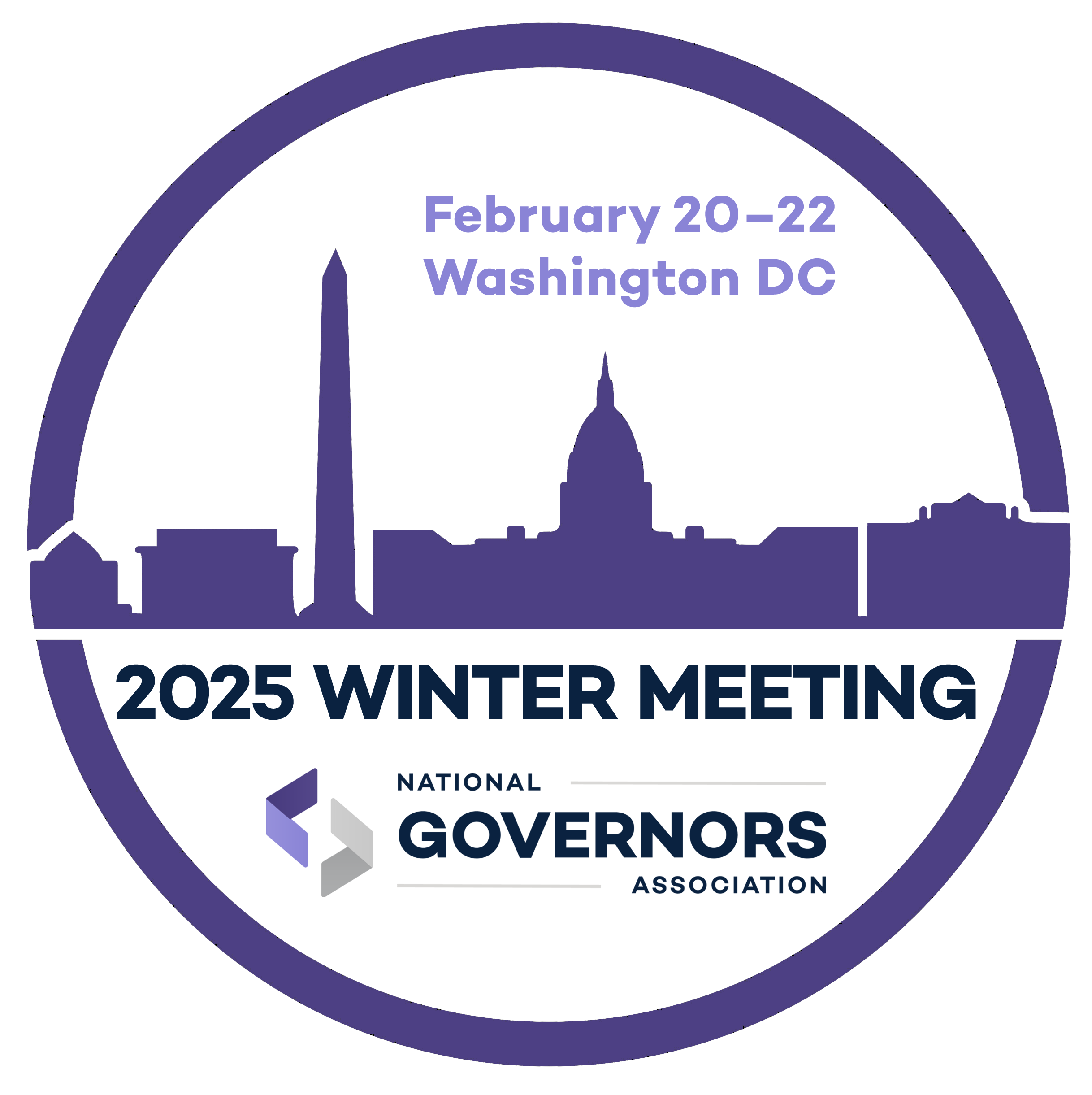The NGA Center and the American Manufacturing Communities Collaborative (AMCC) co-hosted a webinar on February 7 about how Governors can incorporate practices employed by regional manufacturing consortia that have federal “designations” to strengthen manufacturing ecosystems. AMCC is recognized by the U.S. Economic Development Administration (EDA) as the nation’s nonprofit non-partisan Manufacturing Community of Practice — or network of organizations such as regional consortia – that are working to revitalize the American manufacturing base. The webinar highlighted the roles of regional consortia in helping to advance key priorities for regional manufacturing and economic development.
A recent NGA Center brief, State Approaches to Enhancing Supply Chain Resiliency, focuses on supply chain issues in advanced manufacturing and related sectors – including infrastructure and transportation, renewable and alternative energy, and battery applications. It features related state economic and workforce development examples.
Matt Bogoshian, Executive Director of AMCC, highlighted three guiding principles to begin the webinar: prioritizing key industries; focusing on the ecosystem components and what a region must do to thrive; and working toward sustainable development. Bogoshian emphasized a bottom-up approach to sustainable regional development that began with an earlier federal designation program called the Investing in Manufacturing Communities Partnership (IMCP) and which involved organizing diverse regional public-private partnerships as “backbones” to weather economic turbulence, conduct regional analyses, and create strategic plans to strengthen a region.
Lance Soffe, Director of Targeted Industries in the Utah Governor’s Office of Economic Opportunity spoke to the importance of innovation, which he described as a competitive advantage for Utah’s ability to engage with employers and other key stakeholders. He discussed working closely with industry associations and leveraging supply chain grants to bolster pivotal sectors, including IT software and advanced manufacturing, which have proven to be instrumental in driving Utah’s economic success.
Tulinda Larsen, Executive Director of Utah Advanced Materials and Manufacturing Initiative (UAMMI), described the organization’s mission as a nonprofit dedicated to expanding Utah’s advanced materials and manufacturing industries – particularly small manufacturers. She described the unique position of UAMMI as a “neutral convener,” which has allowed UAMMI to contribute to the state’s economic development strategies without posing financial barriers for participation in consortium activities. UAMMI’s involvement in programs such as the Defense Manufacturing Communities Support Program (DMCSP), which is operated by DOD’s Office of Local Defense Community Cooperation (OLDCC) and Utah’s Manufacturing Modernization Grants demonstrates its central role in fostering innovation and growth in the state.
UAMMI has emerged as a “rockstar organization” exemplifying Utah’s collaborative model and playing a role in identifying and addressing critical gaps. Two examples are:
- Strengthening Regional Supply Chains: UAMMI developed in-state businesses capable of anodizing large metal components that were previously shipped out of state to be anodized before being shipped back.
- Environmental sustainability: A UAMMI-led research partnership identified 2 million pounds of carbon fiber waste heading to landfills or recyclers overseas. The Governor’s Office was able to make connections at an international trade show that resulted in attracting a recycling company to Utah to address the carbon fiber waste gap.
Paul Lavoie, Connecticut’s Chief Manufacturing Officer, described Connecticut’s strategic efforts to bolster its defense sector and institutionalize collaboration among state and federal partners. The activities of the New England Regional Defense Industry Collaboration (NERDIC) and the recently launched Connecticut Wind Collaborative showcase two efforts in priority industries – defense and energy – that are bolstered through robust engagement from stakeholders including manufacturers, associations, and state policymakers. In offshore wind specifically, he described the generational opportunity in building a regional supply chain on the east coast for greater collaboration among states with different offshore wind initiatives.
“We take all of our partners and bring them together — including manufacturers and manufacturing associations — to collaborate on the state’s defense sector and keep it strong … We make jet engines, submarines and helicopters so it’s important to our [nation’s] sovereignty that we remain competitive and coordinated.”
Paul Lavoie, appointed Chief Manufacturing Officer by Connecticut Governor Ned Lamont
Courtney Taylor, Deputy Director for Strategy & Programs at the Mississippi Office of Workforce Development, shared the role of the relatively new state entity, AccelerateMS, a nonprofit that reports to the state’s workforce board in the Mississippi Department of Employment Security. Its mandate is to champion integrated, system-wide workforce development strategies in Mississippi to help address any disjointed aspects of the state’s workforce system. The organization’s efforts with consortium development began with the MS-SHIPS initiative, a public-private partnership implementing a $5 million DOD/OLDCC DMCSP grant, which aims to diversify the talent pipeline and enhance the competitiveness of the state’s shipbuilding capabilities and suppliers.
Longer-Term State Participation in Regional Public-Private Partnerships
The goal of this webinar was to highlight the role of regional consortia, particularly as they relate to the new federal programs – namely the Chips & Science Act, Inflation Reduction Act, and Infrastructure Investment & Jobs Act. Through their public-private regional consortia structures, each of the states highlighted in the discussion are improving their long-term capabilities to attract new investments and establish workforce systems to take advantage of federal and private opportunities.
- Based on the outcomes of the Mississippi ships consortium, AccelerateMS and its partners have established similar partnerships for other federal initiatives such as EDA’s Recompete Pilot and the National Science Foundation’s Regional Innovation Engines development awards — both Chips programs.
- Utah’s UAMMI leveraged EDA’s Chips-supported Tech Hubs program Strategy Development Grants, and now leads the Advanced Manufacturing of Critical Materials Strategy Development Consortium.
- In February 2023, Governor Ned Lamont announced the launch of an online platform to connect manufacturers and suppliers with the U.S. Department of Commerce’s Manufacturing Extension Partnership.
The NGA Center for Best Practices is working on ways to share this type of information with more states so they can better leverage those key funding programs and for other purposes. For questions related to this policy issue or webinar, please contact Sally Rood with the Center’s Workforce Development & Economic Policy team.













